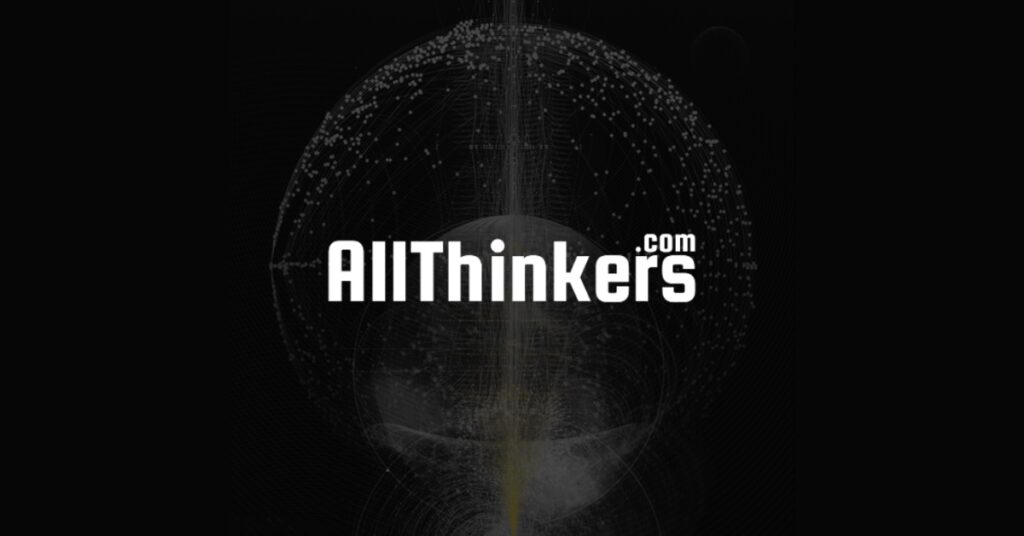In the age of rapidly advancing Artificial Intelligence, a common but often misleading analogy persists: the brain as a biological computer. While both the human brain and modern electronic systems leverage electrical signals to process and transmit information, a deeper scientific inquiry reveals not a direct parallel, but a fascinating divergence in their fundamental operational principles. Understanding this “electric divide” is crucial for truly grasping the nature of intelligence—be it human or artificial—and for designing a future where these distinct forms of processing can achieve optimal synergy, guided by the Golden Ratio of balanced progress.
The Neuron: A Symphony of Electrochemical Pulses
Our brains, the epitome of complex biological computation, operate on a principle far more nuanced than simple electron flow. Neurons, the brain’s fundamental units, communicate through an intricate dance of electrochemical signals:
- Ion-Driven: Unlike electronic circuits, where electrons are the primary charge carriers, neural signals are driven by the movement of ions (charged atoms like Sodium, Potassium, Calcium, and Chloride) across the neuron’s cell membrane. These ions are significantly larger and move much slower than electrons.
- Action Potentials: Information within a single neuron’s axon propagates as an “action potential”—a rapid, self-propagating wave of electrical depolarization caused by the precise opening and closing of ion channels in the membrane. While often described as “all-or-nothing” (a digital-like spike), the frequency and timing of these spikes carry rich, complex information.
- Synaptic Nuance: The Analog Heartbeat: Crucially, the communication between neurons at the synapse is predominantly chemical. Neurotransmitters are released, binding to receptors on the receiving neuron, causing graded, analog changes in its membrane potential. A single neuron integrates thousands of these analog inputs, each contributing variably, before reaching a threshold to fire its own all-or-nothing action potential. This integration of continuous, fuzzy signals is a hallmark of biological processing.
- Parallel and Adaptive: The brain’s architecture is massively parallel, with billions of neurons operating concurrently. This “wetware” is inherently plastic, constantly rewiring and adapting its connections based on experience and learning, displaying remarkable energy efficiency for its computational power (around 20 watts for the entire brain).
The Microchip: An Electron’s Digital Domain
In stark contrast, the semiconductors that power our digital world rely on a different set of rules:
- Electron-Based: Electronic circuits primarily utilize the rapid flow of electrons through solid materials like silicon.
- Transistor Logic: Information is encoded as discrete voltage states (binary 0s and 1s), controlled by billions of microscopic transistors acting as fast, precise on/off switches.
- Digital Dominance: While analog electronic components exist, the vast majority of modern computing, especially in AI and data processing, is fundamentally digital, relying on sequential, logical operations executed at immense speeds.
- Rigid Architecture (Software Adaptability): Electronic hardware is typically fixed in its physical connections, with adaptability primarily achieved through software programming. While incredibly fast for predefined computations, achieving the same level of adaptive learning or nuanced processing as the brain requires exponentially more power and complex architectural design.
Not Contradiction, But Complementary Paradigms
The apparent “contradiction” dissolves when we recognize these aren’t competing, but rather distinct computational paradigms.
- Charge Carriers: The fundamental difference lies in what carries the electrical signal: ions in biology versus electrons in silicon. This dictates fundamental differences in speed, energy consumption, and the very nature of information encoding.
- Processing Continuum: The brain thrives on a hybrid analog-digital continuum, integrating continuous, graded signals with discrete spikes. Electronic computing largely relies on discrete, digital states. This gives the brain its unique capacity for fuzzy logic, pattern recognition amidst noise, and intuitive decision-making.
- Evolution vs. Engineering: Biological intelligence is the product of eons of evolution, optimizing for survival, learning in ambiguous environments, and emergent properties. Artificial intelligence, while rapidly advancing, is the product of human engineering, optimized for specific, often precise, computational tasks.
Implications for AllThinkers: Cultivating True Intelligence and Harmonious Synergy
This profound distinction between biological and electronic “electricity” is foundational to AllThinkers’ Holistic Digital Intelligence (HDI) Framework. It underscores why our approach moves beyond mere digital literacy to cultivate a deeper, more profound form of intelligence:
- Validating Human 8D: The electrochemical, analog-hybrid nature of the brain is precisely what enables Human 8D – our unique dimensions of creativity, ethical reasoning, emotional intelligence, nuanced problem-solving, and adaptive thought. These are not reducible to simple binary operations, making “Depth” a critical and distinct component of true intelligence.
- Defining AI 1D: Understanding AI’s electron-based, primarily digital nature helps us accurately define AI 1D as excelling in speed, scale, and logical processing within its defined parameters. It is not fundamentally “thinking” in the same way a human does, but rather executing incredibly complex algorithms.
- The Pursuit of True Intelligence (IT): Our formula, IT=Speed×Depth, gains profound meaning here. We recognize that simply increasing electronic “Speed” (AI’s strength) without proportionally cultivating “Depth” (Human 8D) leads to an unbalanced, potentially brittle intelligence. The goal is to achieve the Golden Ratio in this equation, where the immense speed of AI (driven by electrons) optimally enhances the rich, electrochemical depth of human cognition (driven by ions). This creates a powerful, synergistic intelligence far greater than the sum of its parts.

Conclusion: Building a Future of Integrated Intelligence
The “electric divide” between biological and electronic systems is not a barrier to progress, but a roadmap to optimal design. By scientifically acknowledging these fundamental differences, AllThinkers can champion a future where we leverage the distinct strengths of both human and artificial intelligence. We can build ecosystems where the relentless speed of electronics is seamlessly integrated with the unparalleled depth of human consciousness, creating a harmonious and resilient future for all humanity. This nuanced understanding allows us to build not just smarter systems, but a more intelligent and ethically grounded world.


